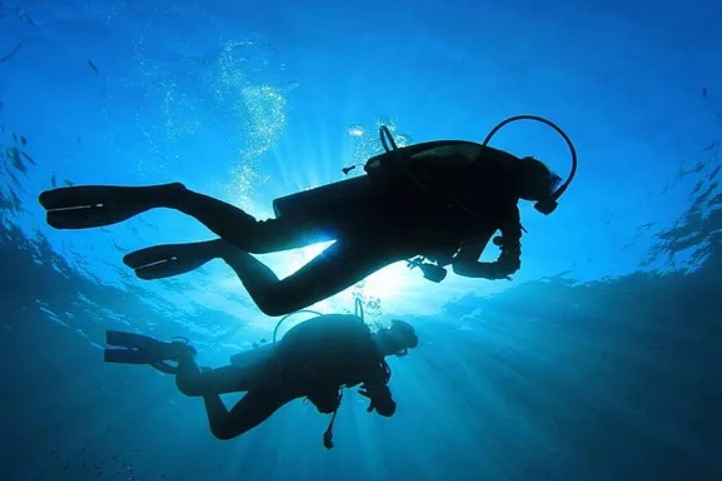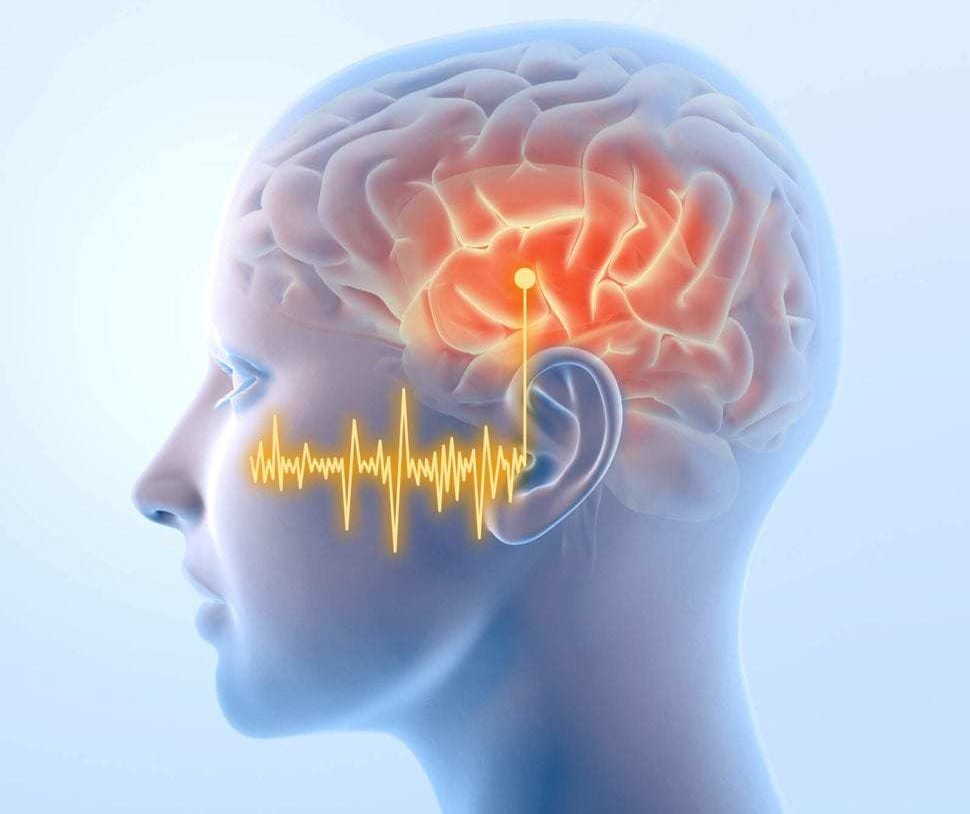
Barotrauma of the ear and nose: what it is and how to diagnose it
Barotrauma is tissue damage caused by a change related to the pressure of gases in body compartments. It can affect the ear (causing ear pain, hearing loss, and/or vestibular symptoms) or sinuses (causing pain and congestion)
Diagnosis of barotrauma sometimes requires audiometric and vestibular testing
Treatment, when necessary, may involve decongestants, analgesics, and sometimes oral corticosteroids or surgical repair of severe middle ear or sinus injuries.
Diving can injure the outer, middle, and inner ear.
Generally, experienced divers complain of ear fullness and pain during descent; if the pressure is not quickly balanced, middle ear haemorrhage or rupture of the tympanic membrane may occur.
During immersion, the entry of cold water into the middle ear can cause dizziness, nausea and disorientation.
On examination of the ear canal, the tympanic membrane may show congestion, haemotympanum, perforation, or lack of mobility during insufflation of air with a pneumatic otoscope; transmissive hearing loss is usually present.
Barotrauma of the inner ear often involves complete rupture of the round or oval window, which causes tinnitus, sensorineural hearing loss, vertigo, nausea, and vomiting.
The resulting labyrinthine fistula and leakage of the perilymph can permanently damage the inner ear.
Barotrauma of the paranasal sinuses most often affects the frontal sinuses, followed by the ethmoidal and maxillary sinuses.
Divers complain of a slight sense of pressure or even overwhelming pain, with a feeling of congestion of the affected sinus during ascent or descent and sometimes nosebleeds.
The pain may be severe, sometimes accompanied by facial tenderness on palpation.
Rarely, the sinus may rupture and cause pneumocephalus with facial or oral pain, nausea, dizziness or headache.
A ruptured sinus may cause retro-orbital air collection with diplopia due to oculomotor dysfunction. Compression of the trigeminal nerve in the maxillary sinus may cause facial paresthesias.
Objective examination may reveal sinus tenderness or epistaxis.
Diagnosis of barotrauma to the nose or ear
- Audiometric and vestibular testing
Patients with symptoms of inner ear barotrauma should be examined for signs of vestibular dysfunction and undergo formal audiometry, vestibular testing, and possibly surgery.
Imaging (e.g., standard [direct] radiographs, CT) is not necessary for the diagnosis of sinus barotrauma in the absence of complications, but CT is useful if sinus rupture is suspected.
Treatment of barotrauma to the nose or ear
- Decongestants and analgesics
Sometimes oral corticosteroids, surgical therapy, or both.
Most barotraumatic lesions of the ears and sinuses heal spontaneously and require only symptomatic treatment and outpatient follow-up.
Pharmacological treatment in case of sinus or middle ear barotrauma is identical.
Decongestants (usually oxymetazoline 0.05%, 2 puffs per nostril 2 times/day from 3 to 5 days or pseudoephedrine 30 mg to 60 mg orally 2 to 4 times/day up to a maximum of 240 mg/day from 3 to 5 days) may promote decongestion.
Severe cases can be treated with nasal corticosteroids. Pain can be controlled with NSAIDs or opioids.
If bleeding or haemorrhagic petechiae are present, antibiotics are indicated (e.g. amoxicillin 500 mg orally every 12 h for 10 days and trimethoprim/sulfamethoxazole 1 double-dose tablet orally twice/day for 10 days).
For middle ear barotrauma, some physicians also prescribe a short course of oral corticosteroids (e.g. prednisone 60 mg orally once/day for 6 days, tapering off over 7-10 days).
Consultation with an ENT specialist is recommended in case of severe or persistent symptoms. Urgent surgery (e.g., for direct repair of a ruptured round or oval window, myringotomy to drain middle ear fluid, sinus decompression) may be necessary in case of severe inner or middle ear or sinus injuries.
Prevention
During a dive, barotrauma of the ear during descent can be prevented by swallowing frequently or exhaling with the nostrils closed to dilate the Eustachian tubes and balance the pressure between the middle ear and the external environment.
The pressure behind earplugs cannot be balanced, so they should not be used for diving.
Prophylaxis with oxymetazoline 0.05% nasal spray 2 sprays per nostril 2 times/day or pseudoephedrine 30 to 60 mg orally 2 or 4 times/day up to a maximum of 240 mg/day, starting 12-24 h before diving, may reduce the incidence of ear and sinus barotrauma.
Do not dive if congestion does not resolve or if upper airway infection or uncontrolled allergic rhinitis is present.
Read Also:
Emergency Live Even More…Live: Download The New Free App Of Your Newspaper For IOS And Android
Emergency Rescue: Comparative Strategies To Exclude Pulmonary Embolism
Pneumothorax And Pneumomediastinum: Rescuing The Patient With Pulmonary Barotrauma
Source:



